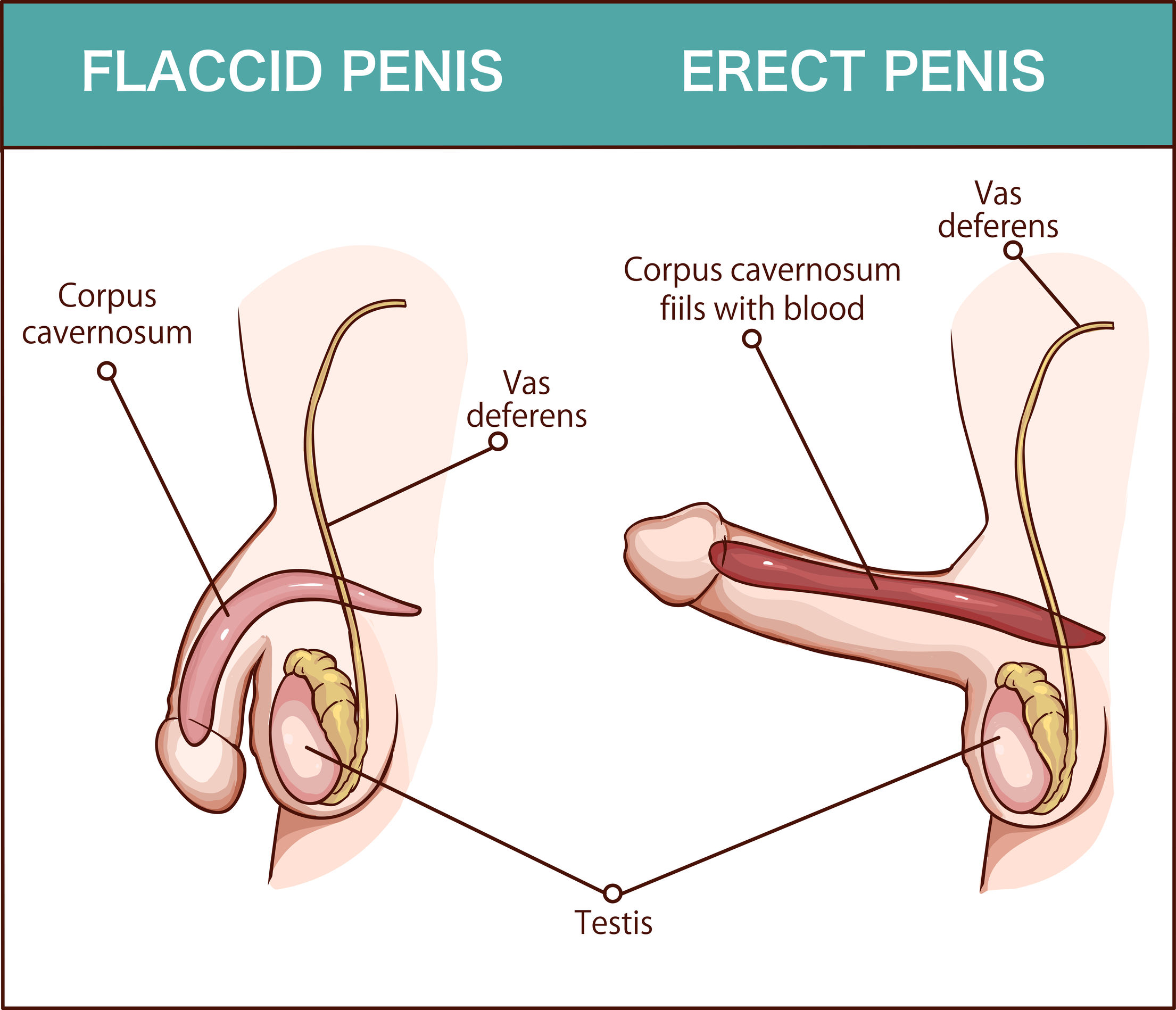Prolonged erection? Here is what you need to know!

A prolonged erection, that lasts for hours and causes discomfort is called Priapism. It can be quite disturbing to you and can have a negative effect on your sexual life.
Although uncommon, it affects men in their 30s and older. Treatment is usually required to prevent further complications such as permanent tissue damage.
Normally, when a man gets aroused, the arteries in his pelvis and the penis region expand to increase the blood flow to the area that results in an erection. However, this can happen sometimes without a sexual trigger and can last for hours causing pain and discomfort. When an erection occurs without any sexual instinct or desire and/or does not end following ejaculation and remains for hours is referred to as priapism or prolonged erection. It is a condition that usually requires consultation with a physician.

What causes priapism?
There are two main causes of priapism. Ischemic priapism and non-ischemic priapism.
- Ischemic priapism is caused due to reduced backflow of the blood from the penis causing the penis to stay hard for longer.
- Non-ischemic priapism is rare and less painful than the counterpart.
Several medical conditions can put you at risk of developing priapism that includes Sickle cell anemia, leukemia, and certain medications that are used to treat depression, anxiety, and erectile dysfunction.
Sometimes the exact cause of this disorder is unknown and a consultation with a urologist becomes mandatory.
Your physician will examine and identify the causes of your conditions and suggest the best treatment possible. Most of the people suffer from high flow priapism and are often treatable and some cases do not even require treatment.
Treating priapism
Prior to treating priapism, your doctor will arrive at a diagnosis by several methods such as physical examination, blood tests, blood gas measurement, and ultrasonography.
Once you are diagnosed your doctor will provide you the appropriate treatment. Treatment usually depends on the underlying cause and is different for both the types of priapism. Non-ischemic priapism is usually less severe and does not often require medical treatment. It resolves on its own and the chances of damage to tissues are less.
Physical exercises such as working out, urinating before bed, warm showers, drinking enough water, and reducing stress can relieve your symptoms. You can also take an OTC painkiller to reduce the pain but never take antidepressants or other medications without consulting with a physician.
However, ischemic priapism may require treatment such as draining the excess blood from your penis. This treatment might be repeated until erection ends. Administration of certain drugs such as phenylephrine to reduce the blood flow to the penis thus reducing the erection. The application of ice packs have also been found effective in reducing high flow priapism.
Most people recover with treatment and have a happy sexual life. Maintaining a healthy diet is important to avoid any sexual health problems and is the key to a healthy sexual life. I hope you enjoyed reading. Have a happy/ night ahead!
Related articles









One thought on “Prolonged erection? Here is what you need to know!”